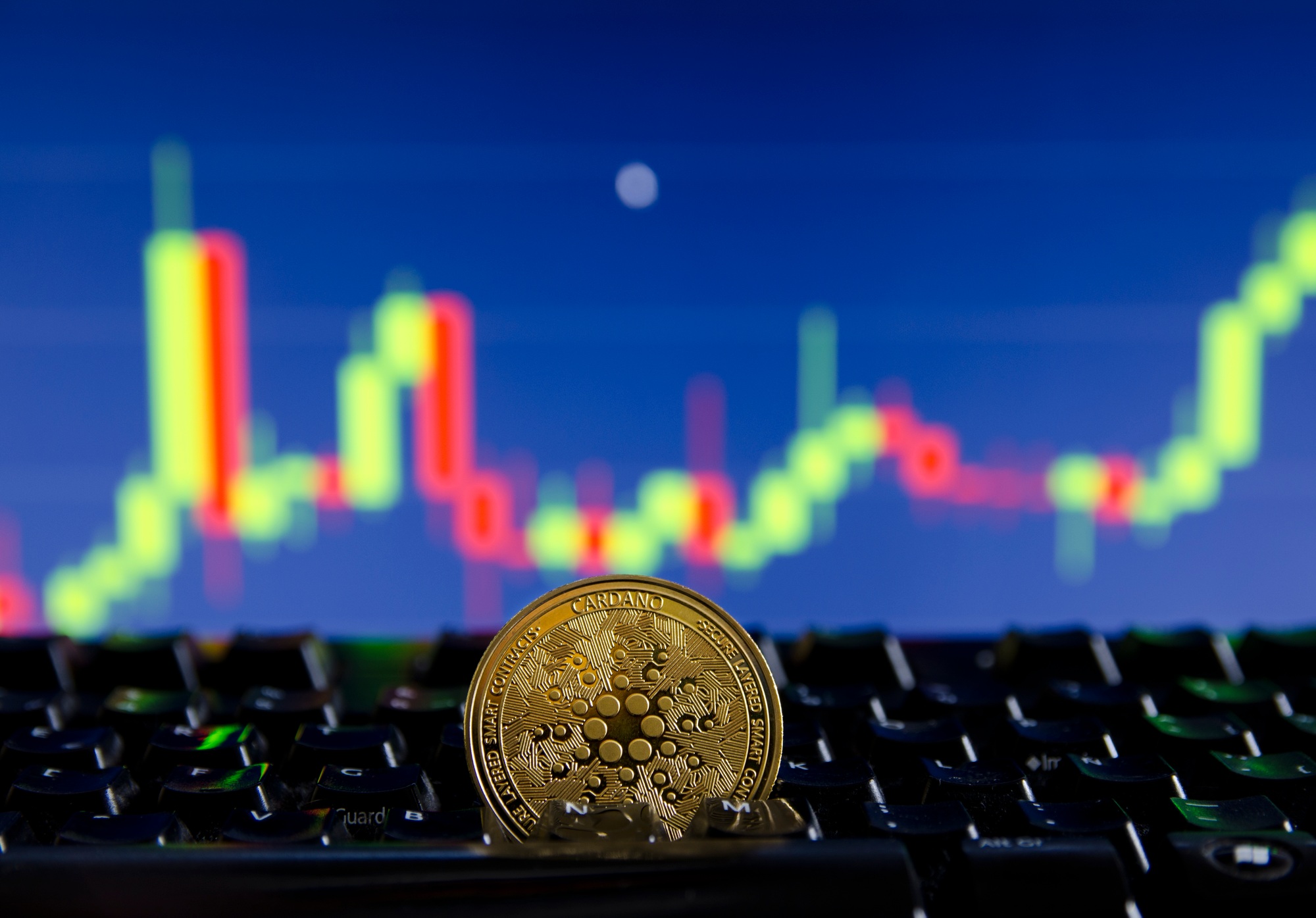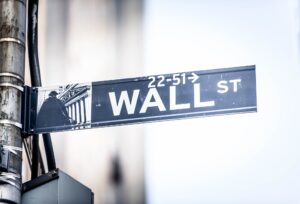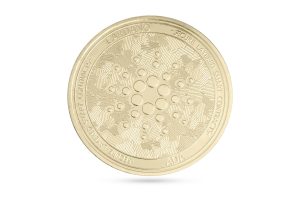Cardano’s native token, ADA, has officially been included in the U.S. Digital Asset Stockpile, following an executive order signed by President Donald Trump. The move marks a significant acknowledgment of Cardano’s blockchain architecture but has also sparked debate within the crypto community regarding the coin’s utility and long-term value.
According to the order, ADA will be held under the oversight of the Treasury Department as part of the nation’s evolving approach to digital assets. While some celebrated the announcement as validation of Cardano’s long-standing commitment to decentralization, others questioned whether the blockchain’s relatively low activity and underdeveloped ecosystem justify its inclusion alongside more widely adopted platforms like Ethereum and Solana.
The Case for ADA: Governance, Sustainability, and Design
Launched in 2017, Cardano has built its reputation on a research-driven development model, a delegated proof-of-stake (dPoS) consensus, and a UTXO-based accounting system, differentiating it from other smart contract platforms. ADA is used to pay transaction fees, participate in staking, and exercise on-chain governance.
Cardano’s standout initiative, Project Catalyst, allows community-driven treasury funding and proposal voting. The recent Plomin hard fork (January 2025) further solidified Cardano’s commitment to fully decentralized governance, granting ADA holders control over upgrades, parameter changes, and treasury withdrawals.
ADA has a fixed maximum supply of 45 billion, with inflation gradually declining as staking rewards are issued. Currently, about 35.95 billion ADA are in circulation.
Concerns: Low Adoption and Activity
Despite strong technical fundamentals, Cardano lags behind in user engagement and ecosystem activity. In Q4 2024, the network averaged only 71,500 daily transactions and 42,900 daily active addresses, compared to Ethereum’s vastly higher levels. Its quarterly transaction fees totaled just $1.8 million, far below Ethereum’s $552 million.
Real staking yields adjusted for inflation were also modest, at 0.7%, versus Ethereum’s 2.73%. Cardano’s decentralized application (DApp) ecosystem has also struggled, with average daily DApp transactions falling 73% year-over-year, a concerning signal for a network still in its growth phase.
Cardano also represents only 0.3% of the global DeFi sector, though when including its core staking (which isn’t reflected in total value locked), this share rises to around 12%.
Why ADA Was Included — And Whether It Should Be
Critics argue that ADA’s limited real-world usage and underperformance in DeFi and developer activity do not merit inclusion in a government crypto reserve. According to reports, Cardano has just 449 active developers, placing it 12th among blockchain platforms. Stablecoin presence on the network is also minimal.
However, advocates highlight ADA’s long-term potential, driven by its capped supply, community governance, and new innovations such as eUTXO-based DeFi integration with Bitcoin, currently being explored by development teams like Atrium Lab.
Analyst Perspective
Commenting on ADA’s addition, David Nage, portfolio manager at Arca, stated that Cardano must support broader adoption through products people use daily and create narratives that attract sustainable community interest. Only then, he noted, would ADA’s inclusion in a national digital reserve “make sense.”
While Cardano offers strong governance tools and sustainability, its current usage metrics and low network activity raise doubts about the strategic rationale behind its inclusion. Whether ADA can deliver value over the long term remains to be seen.








